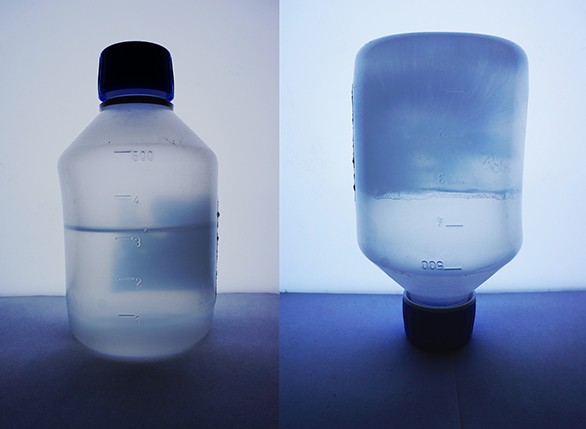Researcher Joonas Vola shares his tiny climate innovation and challenges you to think your own climate act for the year 2018

In one of the discussions concerning developing a ‘greener’ office, one of my colleagues wondered, why in Finland we have not utilized cold temperature for energy. I thought that it was a ridiculous idea, since a low temperature is rather the absence or lack of energy. In an Arctic environment cold was something that simply means a higher energy consumption. But then again, I started to wonder that the old houses have ‘cold closets’ built inside the outer walls with lower temperature than the house, not forgetting to mention cellars. It has been quite usual to take clothes outside to dry when it is freezing cold, which does not only dry clothes, but makes sure that there won’t be any bugs living in the textiles afterwards either. For me it is common in wintertime to cool down any warm foodstuff outside before putting them into the fridge, to avoid using extra energy. What often happens, the food does not only cool down but it freezes, and needs to melt in the fridge. This gave me an idea. The fridge, inside a warm flat, needs to use energy to stay cool, but if it would have already cold and frozen items inside of it, a working thermostat would limit the use of the heat pump, as long as the temperature stays around +4 Celsius. Therefore even when living in a flat inside a building, if one has a balcony or a wide window ledge, one can place for example a plastic bottle filled with water (with some space left for the water to expend when it freezes), wait it to freeze, for example over the night, and then place it inside the fridge to cool it down. When using more than one bottle or other container, this “cold circle” can be even more efficient. Will this actually lower our energy consumption and help in saving the planet? I’m not sure, but I would be happy to give it a try, and learn if it works for others. What would be your tiny climate innovation for the year 2018?
Text and pictures by Joonas Vola